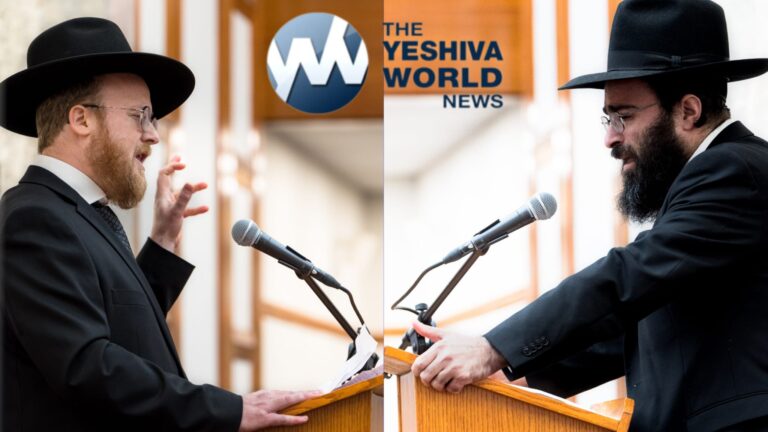
Jewish Students Sue NYU For Allowing Antisemitism To Run Rampant On Campus
Three Jewish students at New York University have taken legal action against the institution, claiming a failure to address rising antisemitism on campus. The lawsuit, initiated by juniors Bella Ingber, Sabrina Maslavi, and Saul Tawil, was filed in Manhattan federal court on Tuesday. The students’ legal move invokes Title VI of the 1964 Civil Rights Act, which outlaws discrimination based on race, color, or national origin. They allege that antisemitic behavior at NYU has been ongoing and has intensified following the outbreak of the Israel-Hamas conflict on October 7. The lawsuit accuses the university of demonstrating “deliberate indifference” to their plight. “The age-old virus of antisemitism is alive and well at New York University,” the lawsuit reads. “This case arises from NYU’s egregious civil rights violations that have created a hostile educational environment in which plaintiffs and other Jewish NYU students have been subjected to pervasive acts of hatred, discrimination, harassment and intimidation.” According to the students, the environment at NYU permits the abuse, vilification, and threatening of Jewish students by other students and faculty members. They report having faced verbal and physical threats, leading to a feeling of unsafety on campus. The lawsuit details instances of encountering hostile groups chanting against Jews and Israel, contributing to a traumatic experience for the plaintiffs. This situation, they claim, has adversely impacted their academic performance and restricted their movement around campus, including the university library. “Even though every instance of antisemitic behavior alleged herein is prohibited by one or more of NYU’s policies, the university has done nothing to enforce these policies to remedy or prevent that behavior, and certainly nothing approaching the manner in which NYU has enforced them with respect to misconduct not involving antisemitism,” the lawsuit says. “NYU selectively enforces its own rules, deeming Jewish students unworthy of the protections it readily affords to non-Jewish students victimized by discrimination, harassment, and intimidation.” The students argue that the alleged exposure to “genocidal chants” has deprived them of the ability to fully engage in NYU’s educational programs, putting them at risk of severe emotional and physical harm. The case highlights ongoing concerns about campus environments and the responsibility of educational institutions to safeguard their students’ well-being and rights. (YWN World Headquarters – NYC)



